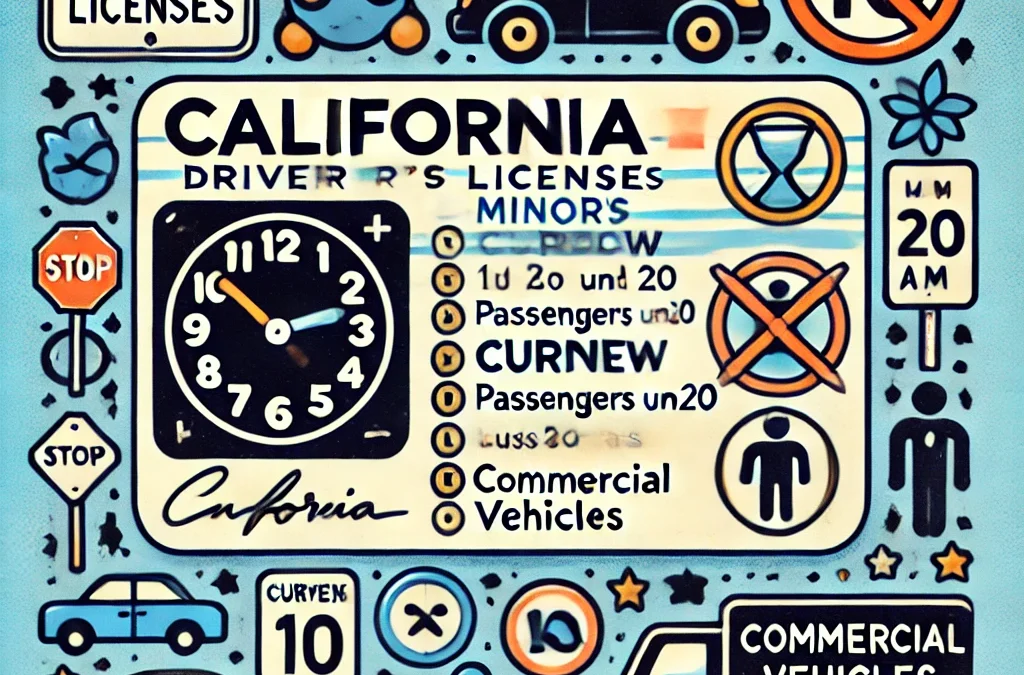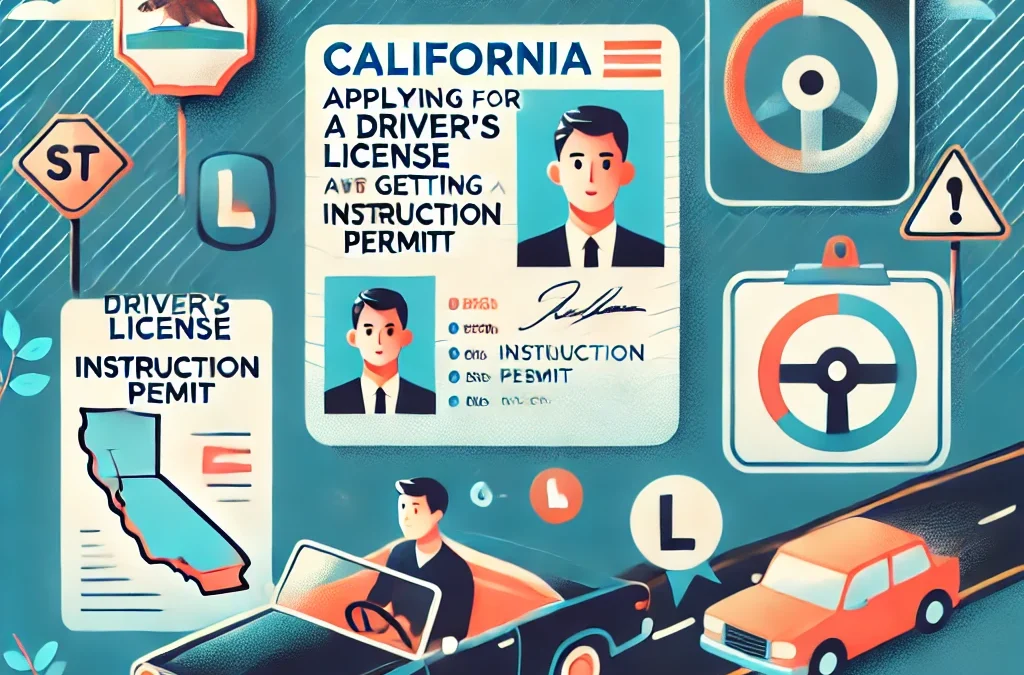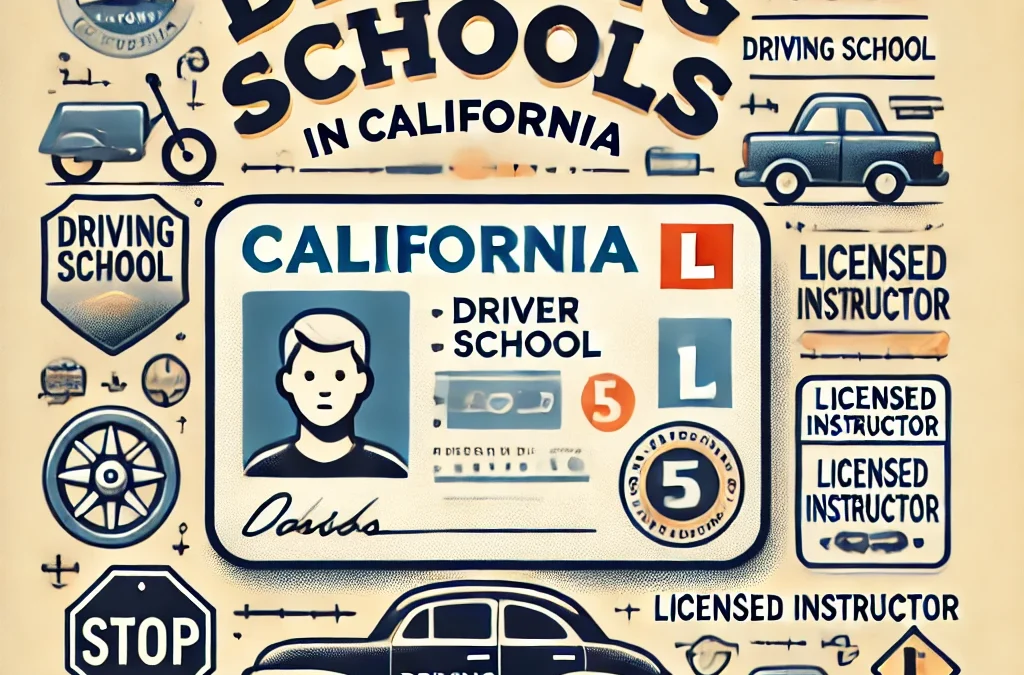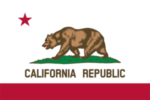
Minor’s Restrictions and Exceptions for Provisional Driver’s Licenses in California
Minor’s Restrictions and Exceptions for Provisional Driver’s Licenses in California
When minors (under 18 years old) receive their driver’s license in California, it comes with a set of restrictions and exceptions designed to ensure safety during the first year of driving. As a provisional driver, minors must follow certain rules and may drive only under specific conditions during this critical period. Here’s a breakdown of the restrictions, exceptions, and the conditions under which they apply.
Provisional License Restrictions for Minors
For the first 12 months after receiving your driver’s license, the following restrictions apply:
-
No Driving Between 11 p.m. and 5 a.m.
Minors cannot drive during late-night hours (between 11 p.m. and 5 a.m.) unless they meet one of the exceptions listed below. -
No Passengers Under 20 Years Old
Unless accompanied by a parent, guardian, or another California-licensed driver who is at least 25 years old, minors are not permitted to drive with passengers under 20 years old during the first 12 months of having their license. -
No Driving for Pay or Commercial Purposes
Minors are prohibited from driving for pay or operating vehicles that require a commercial Class A, B, or C license, such as large trucks or buses.
Exceptions to the Restrictions
There are certain exceptions where minors can drive during restricted times or with passengers under 20 years old. These exceptions include:
-
Medical Necessity:
If the minor has a medical need and cannot reasonably find another way to travel, they are permitted to drive. In this case, they must carry a signed note from a physician that explains their medical condition and the expected recovery date. -
School-Related Activities:
Minors may drive if it is for schooling or a school-related activity. A note signed by a school principal, dean, or designee must be carried as proof. -
Work-Related Reasons:
If the minor needs to drive for work purposes, they may do so, provided they carry a note signed by their employer confirming their employment and the necessity of driving for work. -
Driving Immediate Family Members:
Minors may drive immediate family members if needed, but they must carry a note signed by their parent or legal guardian. The note should state the reason for the drive, the family member being driven, and when the need will end.
Important Note for Parents and Guardians
Parents or guardians can cancel their teen’s license at any time by completing a Request for Cancellation or Surrender of a Driver License or ID Card form. This step can be taken if a parent or guardian believes their teen is not yet ready for the responsibilities of driving.
Conclusion
Understanding and following these restrictions and exceptions is essential for the safety of all drivers on the road, especially new drivers. California’s graduated licensing system ensures that minors gain experience gradually, under conditions that limit risk, before they transition to full driving privileges. Parents and guardians play a vital role in ensuring these rules are followed and helping teens become responsible drivers.
For more details on minor’s provisional driving restrictions, visit the California DMV website or consult the California Driver’s Handbook.







Recent Comments